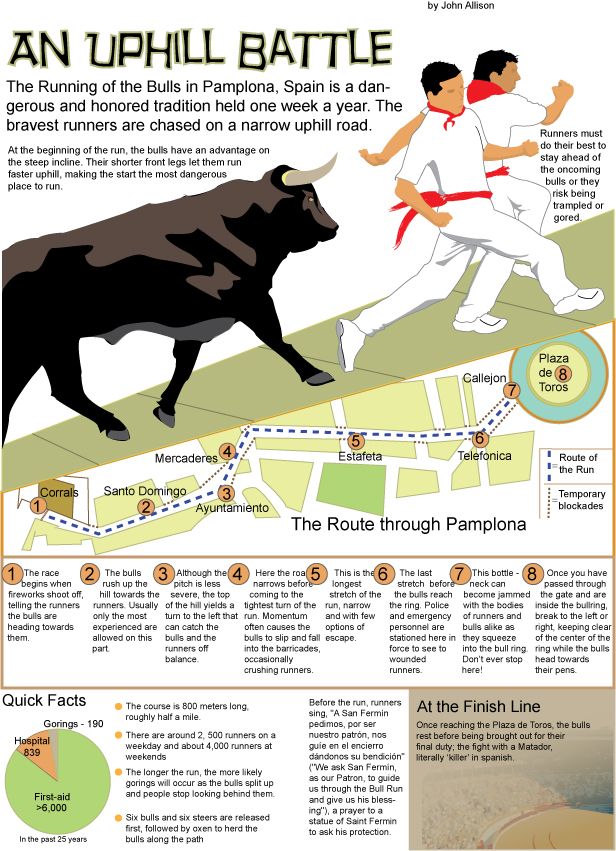Luxury Car Brands Face Headwinds In China: Case Studies Of BMW And Porsche

Table of Contents
Shifting Consumer Preferences in the Chinese Luxury Car Market
The Chinese luxury car market is undergoing a dramatic transformation, driven by evolving consumer preferences and economic factors. Established players are facing stiff competition from a rising tide of domestic brands and a changing consumer demographic.
Rise of Domestic Brands
Chinese luxury car brands are rapidly gaining market share, posing a significant challenge to established international players. Brands like Hongqi, with its revival of classic designs and advanced technology, and BYD's luxury arm, are successfully appealing to a growing segment of discerning Chinese consumers.
- Hongqi H9: This flagship sedan boasts advanced features and a prestigious image, directly competing with established luxury sedans.
- BYD Yangwang U8: This luxury SUV utilizes advanced technology, including BYD's innovative battery technology and impressive off-road capabilities, targeting a different segment within the luxury market.
- NIO ET7: NIO is another successful Chinese EV brand attracting customers with its technology and service offerings, challenging the traditional luxury car ownership experience.
These brands are aggressively challenging established players by offering competitive pricing, advanced technology, and features tailored to the specific preferences of Chinese consumers.
Changing Consumer Demographics
Younger, tech-savvy Chinese consumers are driving the change in the luxury car market. They are less focused on traditional status symbols and more interested in innovative technology, personalized experiences, and sustainability.
- Preference for Electric Vehicles (EVs): The demand for EVs is surging, driven by government incentives and environmental concerns.
- Technological Features: Advanced driver-assistance systems (ADAS), connectivity features, and infotainment systems are highly valued.
- Personalized Experiences: Consumers expect personalized service and customization options.
This shift necessitates a change in strategy for traditional luxury car brands, requiring them to adapt to the demands of a digitally native and environmentally conscious consumer base.
Economic Slowdown and Geopolitical Uncertainty
The recent economic slowdown in China, coupled with global geopolitical uncertainties, has further impacted luxury car sales. Consumer spending on discretionary items, including luxury cars, has become more cautious.
- Reduced Consumer Confidence: Economic uncertainty leads to decreased consumer confidence and a reluctance to make large purchases.
- Supply Chain Disruptions: Global events can cause significant disruptions to the supply chain, impacting production and delivery timelines.
- Increased Import Tariffs: Trade policies can also affect the pricing and competitiveness of imported luxury vehicles.
Case Study: BMW's Challenges and Strategies in China
BMW, a long-standing player in the Chinese luxury car market, has experienced a decline in market share in recent years.
Market Share Decline
BMW's sales in China have not kept pace with the market's growth, leading to a decline in its overall market share compared to previous years. Specific sales figures would be inserted here, obtained from credible industry reports.
- Decreased Sales Figures: Detailed data illustrating the decline in sales compared to previous years.
- Loss of Market Share: Quantifiable data showing a reduction in BMW's market share.
BMW's Response to Competition
To counter these challenges, BMW is implementing several strategies, including new model launches tailored to the Chinese market, targeted marketing campaigns, and localization efforts.
- Localized Models: BMW is focusing on models and features that resonate with Chinese consumer preferences.
- Marketing Campaigns: Targeted digital marketing campaigns focused on specific demographics and preferences.
- Partnerships: Collaborative efforts with local companies to enhance its brand presence and understand the local market.
BMW's Focus on Electrification
BMW is heavily investing in its electric vehicle (EV) lineup in China, recognizing the growing demand for sustainable mobility.
- iX and i4 models: Highlighting the performance and features of BMW's EV offerings.
- Charging Infrastructure: Discussing the expansion of BMW’s charging infrastructure in China.
- Local Production: Emphasizing the role of local production in expanding the market reach of BMW's EVs.
Case Study: Porsche's Position and Strategies in China
Despite the headwinds, Porsche maintains a strong position in the Chinese luxury car market, demonstrating resilience and adaptability.
Porsche's Strong Brand Image
Porsche’s enduring appeal stems from its strong brand image, synonymous with performance, luxury, and exclusivity, which continues to resonate with Chinese consumers.
- Brand Loyalty: Highlighting Porsche's strong brand loyalty and its appeal to a specific consumer segment.
- Prestige Factor: Discussing how Porsche's brand positioning maintains its desirability.
Porsche's Adaptation to the Market
Porsche has adapted its strategies to meet the evolving preferences of Chinese consumers by offering customized models and marketing campaigns tailored to the local market.
- Model Variations: Examples of specific models adapted to appeal to Chinese consumer preferences.
- Marketing Strategies: Examples of tailored marketing campaigns specific to the Chinese market.
Porsche's Electric Vehicle Strategy in China
Porsche is strategically entering the Chinese EV market with its Taycan model and future EV offerings, demonstrating commitment to the changing landscape.
- Taycan's Reception: Analyzing the market response to Porsche's Taycan electric vehicle in China.
- Future EV Plans: Discussing Porsche's plans for future EV models and their strategic positioning within the Chinese market.
Conclusion: Navigating the Future of Luxury Cars in China
Luxury car brands face significant challenges in China, including the rise of domestic brands, shifting consumer preferences, economic headwinds, and geopolitical uncertainty. BMW and Porsche, while exhibiting contrasting experiences, demonstrate the necessity for adaptability and strategic planning. Understanding the changing dynamics of the Chinese market, including consumer preferences for EVs and technological advancements, is crucial for success. Successfully navigating this landscape requires a keen understanding of the evolving market demands, a commitment to innovation, and a focus on adapting to local preferences. Continue researching the evolving Chinese luxury car market and stay informed about the latest trends affecting luxury car brands facing headwinds in China. Explore industry reports and analysis to stay ahead of the curve in this dynamic market.

Featured Posts
-
 Safe Driving With Adhd Research Based Recommendations
Apr 29, 2025
Safe Driving With Adhd Research Based Recommendations
Apr 29, 2025 -
 Analyzing Tylor Megills Recent Success Key Factors Contributing To His Mets Wins
Apr 29, 2025
Analyzing Tylor Megills Recent Success Key Factors Contributing To His Mets Wins
Apr 29, 2025 -
 Chat Gpt Creator Open Ai Faces Ftc Investigation A Deep Dive
Apr 29, 2025
Chat Gpt Creator Open Ai Faces Ftc Investigation A Deep Dive
Apr 29, 2025 -
 Why All American Manufacturing Faces An Uphill Battle
Apr 29, 2025
Why All American Manufacturing Faces An Uphill Battle
Apr 29, 2025 -
 Where Could White Lotus Film Next Top Contender Locations
Apr 29, 2025
Where Could White Lotus Film Next Top Contender Locations
Apr 29, 2025
